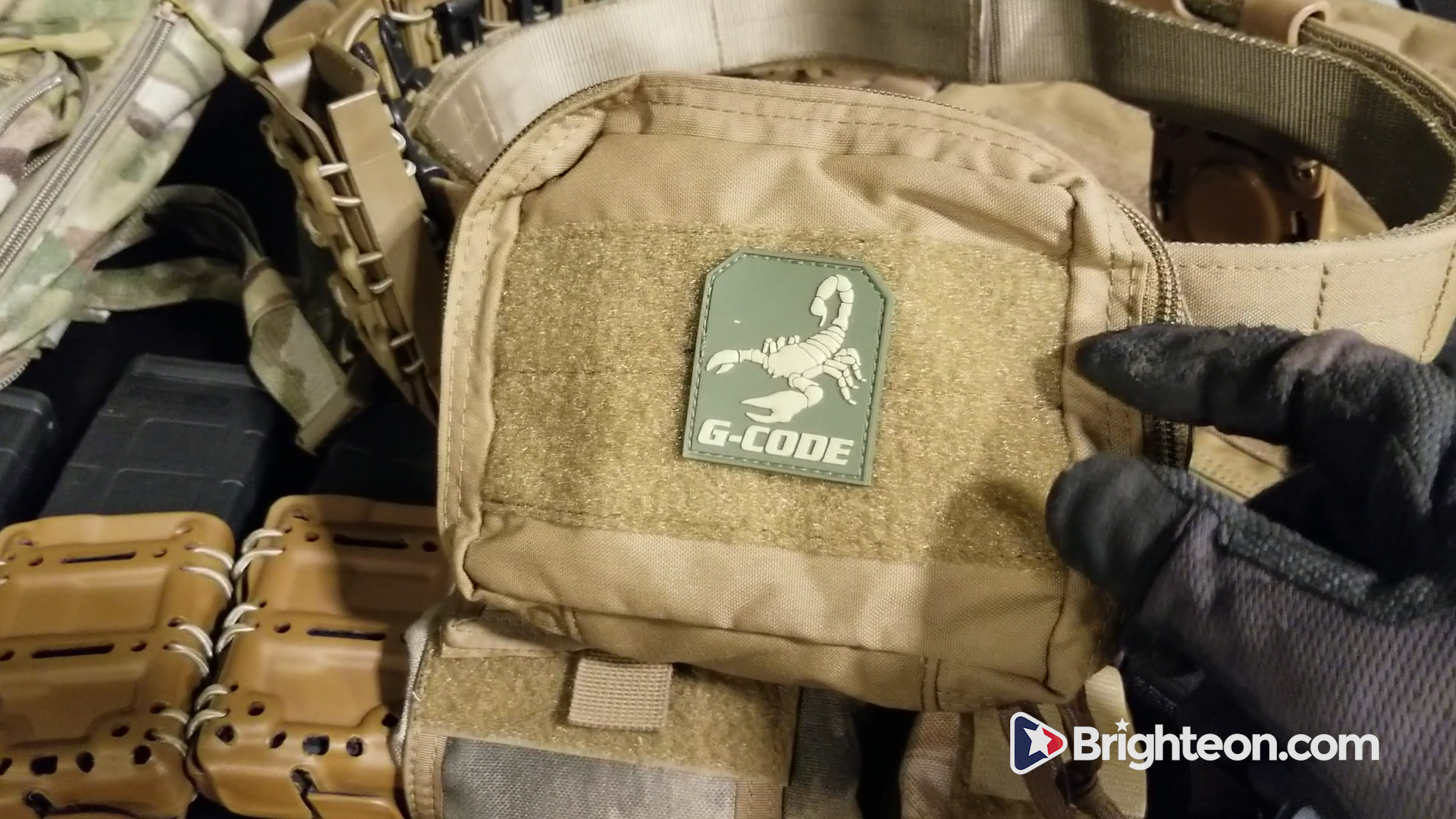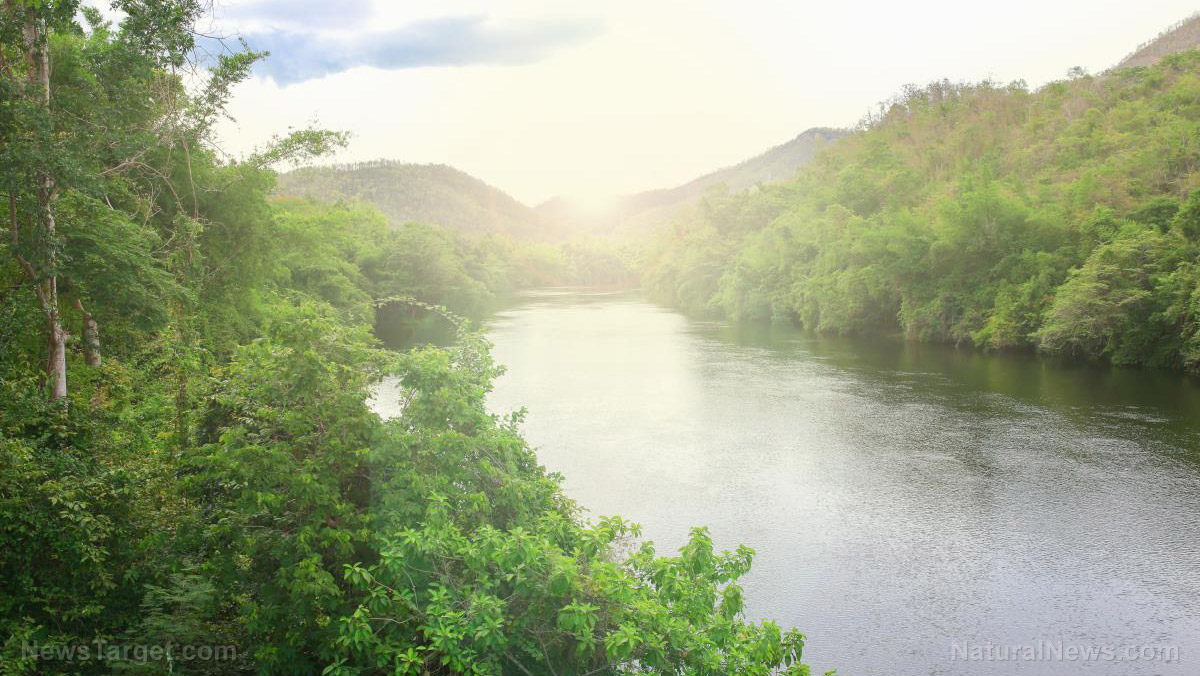Eight-legged tardigrades are the ultimate doomsday survivors and can live 30 years without food or water
09/20/2017 / By Ethan Huff

In the event of a cataclysmic doomsday scenario such as an asteroid strike or an exploding star, there’s only one creature on earth that even stands a chance at survival: the tardigrade. This eight-legged, microscopic animal can survive for up to 30 years without food or water, reports indicate, and can sustain extreme temperatures as high as 302 degrees Fahrenheit, making it the most resilient living thing on the planet.
Also known as water bears or moss piglets, tardigrades quite literally resemble miniature bear-pigs (as their names imply), bearing hose-like orifices for noses and unusual scrunched up faces with no visible eyes. Attached to their four pairs of lobopodial limbs are disc-like claws that allow them to traverse sand, plants, or whatever other kinds of terrain they might encounter – and all in body size of no greater than about 1 millimeter (mm) in length.
Tardigrades are further resistant to radiation at levels between 5,000 and 6,200 gamma rays (Gy), which is roughly the amount used in some dosages of chemotherapy. This further lends to their ability to survive gamma ray bursts, or energetic explosions, that have been observed as occurring in distant galaxies. Such events can last anywhere from ten milliseconds to several hours, and would surely take out most other forms of life, including humans.
So while humans would be much harder to preserve in the event of a massive catastrophe of Biblical proportions, the microscopic tardigrade would persist. The only scenario in which it wouldn’t would be if the oceans of the world were all made to boil, such as if an asteroid or dwarf planet exploded. Since the chances of this happening are slim to none, the chances of all life going extinct, including the tiny tardigrade, are also slim to none. (Related: It’s always a good idea to be prepared in the event of a major catastrophe. Learn more by visiting Survival.news.)
Get CLEAN FOOD and help support our mission to keep you informed: The Health Ranger Store lab verifies everything we sell with accredited testing for heavy metals, microbiology and food safety. Certified organic facility, ISO-accredited on-site laboratory, no GMOs or synthetic ingredients. The world's #1 source of lab-verified clean foods and superfoods for nutritional healing. 600+ products available. Explore now.
“As we are now entering a stage of astronomy where we have seen exoplanets and are hoping to soon perform spectroscopy, looking for signatures of life, we should try to see just how fragile this hardiest life is,” Dr. David Sloan, a researcher from the department of physics at Oxford University, told the DailyMail Online. “To our surprise we found that although nearby supernovae or large asteroid impacts would be catastrophic for people, tardigrades could be unaffected.”
Scientists studying tardigrades admit that research is for learning how to destroy all life on earth
Perhaps more chilling were the words of Dr. Sloan’s colleague, Dr. Rafael Alves Batista, another researcher from Oxford’s department of physics. He told the DailyMail Online that the entire purpose of the research wasn’t necessarily to study the tardigrade, per se, but rather to determine exactly what it would take to eliminate all life from a planet.
“The goal is to study what is necessary to kill all life, not just humans,” Dr. Batista told reporters. “To this end, we have chosen the most resilient form of life we know: tardigrades. The question we want to answer is: what would it take to kill all life on a planet? In order to achieve that, we need something that can kill tardigrades.”
These are some ominous implications, to say the least. Are the “experts” planning for a catastrophic event that will wipe out most life on the planet? Or worse yet, are they trying to figure out how to create one while they ready themselves to launch out to space to find a new home on another planet? Why else would university researchers be getting paid to study what it would take to destroy all life on the planet?
Sources for this article include:
Tagged Under: apocalypse, Asteroid, catastrophe, depopulation, disaster, doomsday, insect, radiation, Space, survival, Tardigrade
RECENT NEWS & ARTICLES
COPYRIGHT © 2017 COLLAPSE.NEWS
All content posted on this site is protected under Free Speech. Collapse.news is not responsible for content written by contributing authors. The information on this site is provided for educational and entertainment purposes only. It is not intended as a substitute for professional advice of any kind. Collapse.news assumes no responsibility for the use or misuse of this material. All trademarks, registered trademarks and service marks mentioned on this site are the property of their respective owners.




















